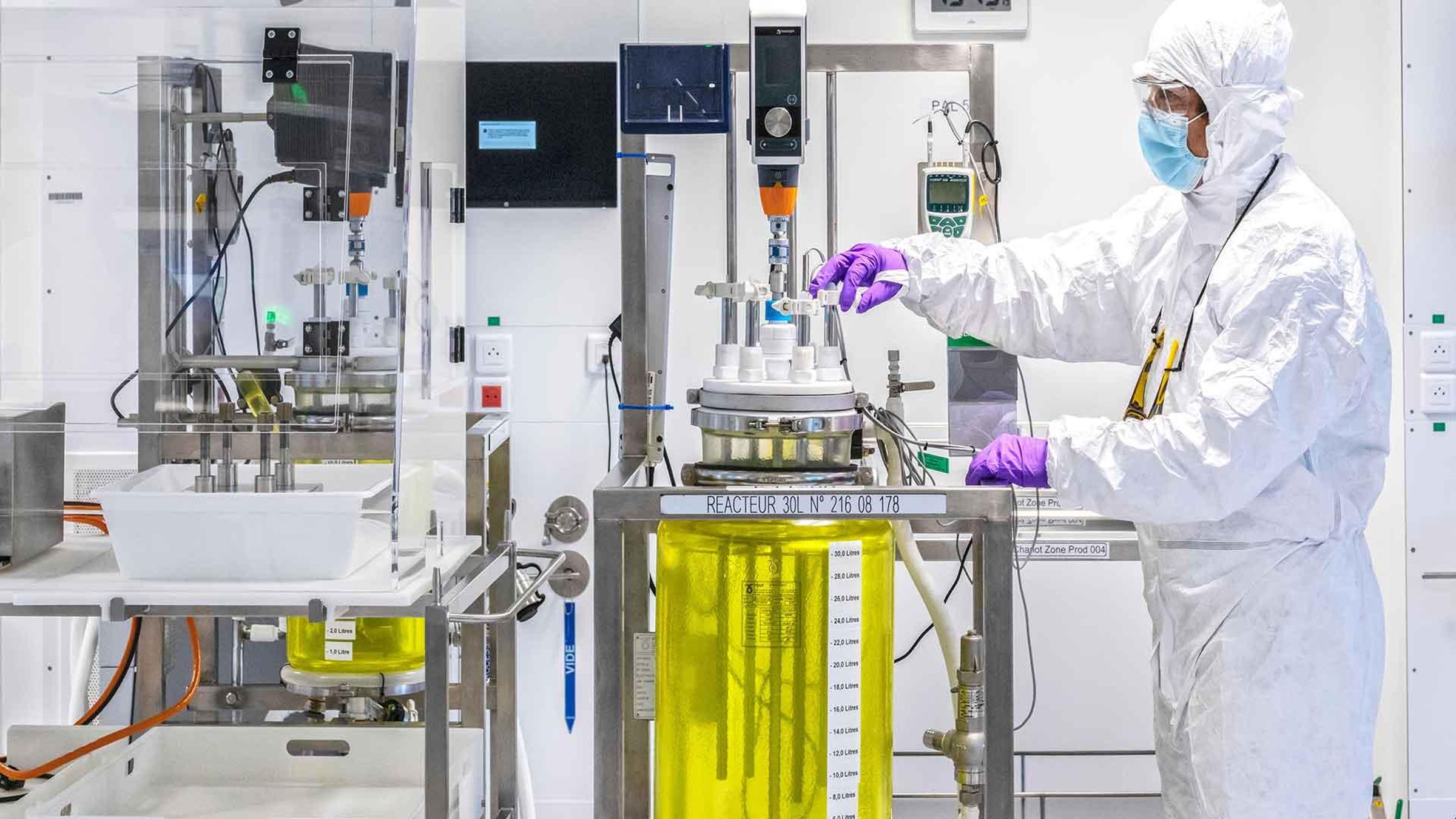We’re Eco-designing, From R&D to Commercialization

As part of Planet Care, our global environmental sustainability strategy here at Sanofi, we’re constantly working to reduce the environmental impact of our products. One of our action levers is Eco-design.
It refers to evaluating and improving our products' environmental footprint across their entire value chain. From raw material extraction and transformation, to manufacturing, all the way up to distribution and the end-of-life treatment. Eco-design is part of our strategy to optimize our products’ environmental performance.
And we’ve made strong commitments. All our new products will be Eco-designed by 2025, and all top-20-selling products by 2030.
Applying a Life Cycle Assessment Methodology
Eco-design begins on day one. Thanks to an international standardized and science-based Life Cycle Assessment (LCA) methodology, we proactively evaluate the potential environmental impacts of our products according to multi-impact categories (e.g., climate change, water scarcity, fossil resource use) aligned with ISO 14040/44 and European Commission Product Environmental Footprint (PEF) standards.
Once we’ve assessed our products environmental profile, we identify, monitor and execute efficient improvement levers to deliver eco-innovative products. Since 2021, we completed 13 environmental LCAs.

Joining the LCA Environmental category rules initiative
A consortium of 8 global pharmaceutical companies of which Sanofi is part of, will be formally launched in Summer 2023 via the Pharmaceutical Environment Group (PEG) - with support from the Sustainable Markets Initiative (SMI) - to develop a global industry Product Category Rules (PCR) since today there is not a common methodology framework to perform LCA at product level between pharmaceutical companies.
Key deliverable objectives:
- Develop Product Environmental Category Rules to provide a robust, credible and shared framework for measuring, reporting and communicating product level environmental data.
- Create a common tool that can be used by pharma companies – regardless of size and market - to calculate and report product level environmental footprints in a consistent way.
- Database leverage and boost to extend bio/pharmaceutical materials and processes database to increase LCAs data quality and consistency.
These work packages will be run concurrently until November 2025.
Embedding Eco-design in R&D Execution
We’re also making great strides in 2023 by embedding Eco-design principles and LCA into our new pharma product design and development processes. This will enable us to measure, monitor and improve our new products’ environmental performance throughout their development effectively and continuously.
This milestone is essential in our journey to Eco-design all new products by 2025.
By thinking of our products as part of a larger eco-system, we’re able to effectively reduce their environmental footprint at every turn and double down on positive impact.